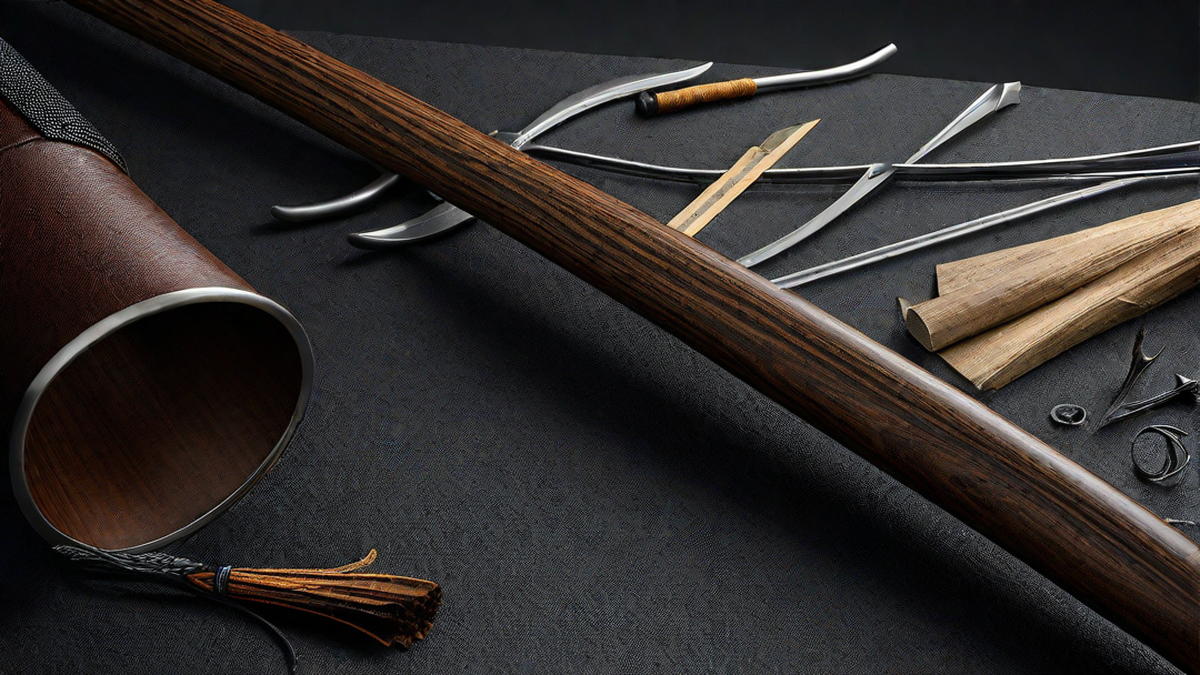Today, I’m going to take you on a journey into the art of drawing a hunting bow. As a seasoned hunter myself, I’ve come to appreciate the intricacies of this process, and I’m excited to share my knowledge with you. Drawing a hunting bow is not just about strength but also about technique and precision. So, let’s dive right in!
Choosing the Right Bow
Before we begin, it’s crucial to select the right hunting bow for your needs. There are various types of bows available, such as compound bows, recurve bows, and longbows. Each has its own advantages and disadvantages.
If you prefer a more portable and user-friendly option, a compound bow might be your best bet. On the other hand, if you lean towards a traditional approach and enjoy the challenge, a recurve or longbow may be ideal.
Understanding Draw Length
In order to draw a bow effectively, it’s important to determine your draw length. This is the distance between the grip of the bow and the string at full draw. To measure your draw length, extend your arms out to your sides and ask someone to measure from fingertip to fingertip. Then, divide that measurement by 2.5.
Once you know your draw length, it’s easier to adjust your bow accordingly and achieve maximum accuracy and power.
Proper Stance and Grip
Now that we have the right bow and understand our draw length, it’s time to focus on our stance and grip.
Stand with your feet shoulder-width apart, perpendicular to your target. Your body should be slightly angled away from the target, with your non-dominant side facing forward. This stance provides stability and balance.
When it comes to grip, avoid gripping the bow too tightly. Instead, use a relaxed grip, allowing the bow to settle naturally into your hand. This helps prevent torque and ensures a smoother draw.
The Drawing Process
Now, let’s dive into the heart of the matter—the actual drawing process!
- Begin by nocking an arrow onto the string, ensuring it is securely in place.
- Place your fingers on the string, using a consistent and comfortable grip. Many archers prefer the three-finger under or split-finger grip.
- Keeping your arm straight, raise the bow up towards the target.
- Simultaneously, use your back muscles to pull the string towards your face. This is where your draw length comes into play.
- As you reach full draw, anchor the string against a reference point on your face, such as the corner of your mouth or the tip of your nose. This provides consistency in aiming.
- Hold your aim for a moment, ensuring a steady shot.
- To release the arrow, simply relax your fingers, allowing the string to slip away smoothly.
Practice Makes Perfect
Remember, drawing a hunting bow is a skill that requires practice and patience. Start with a lower draw weight and gradually work your way up as you build strength and technique. Stick to a consistent practice routine, and you’ll see improvement over time.
In Conclusion
Drawing a hunting bow is a thrilling and rewarding experience. By selecting the right bow, understanding your draw length, and mastering the technique, you’ll be well on your way to becoming a proficient archer. So, get out there, embrace the challenge, and let your arrows fly true!
